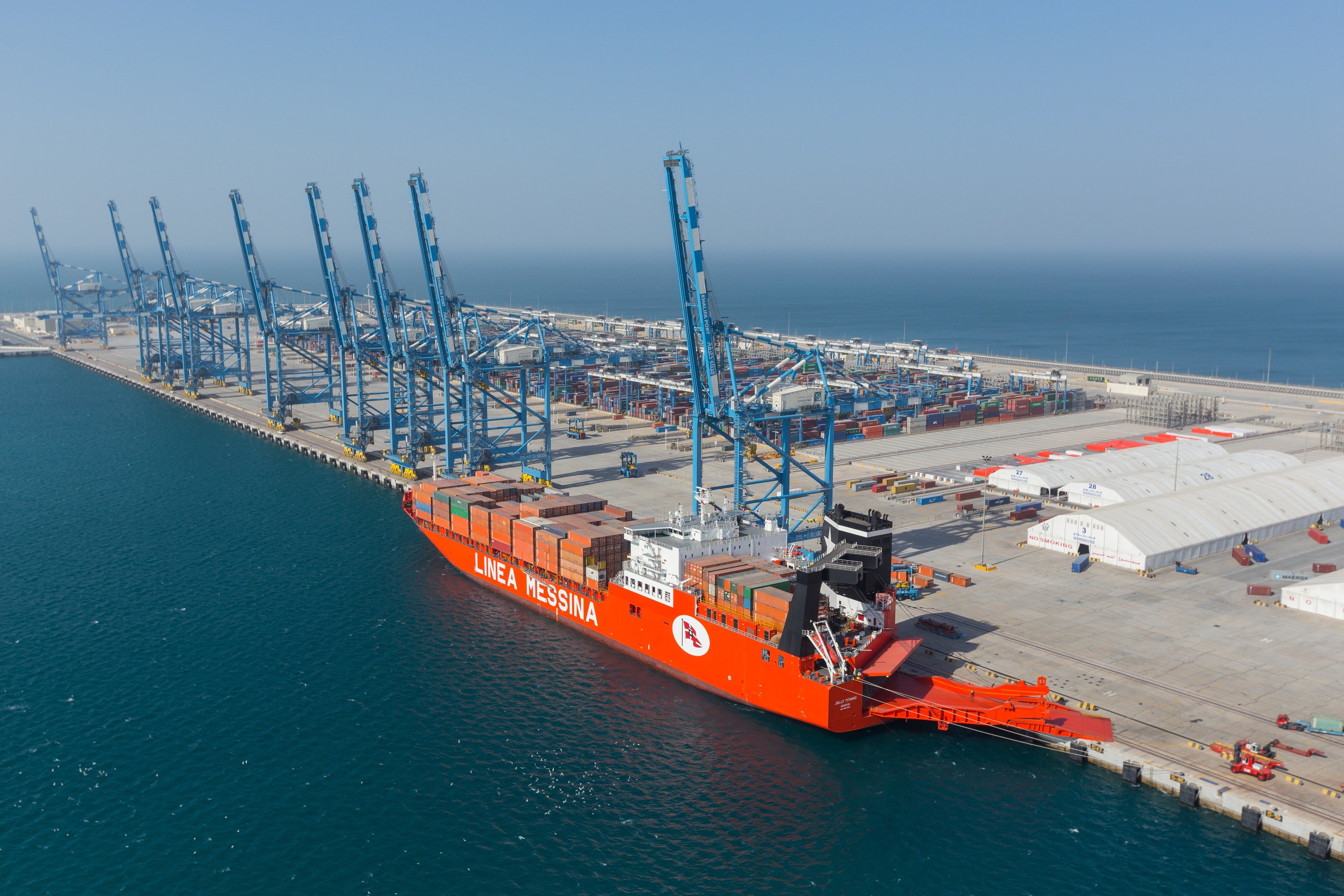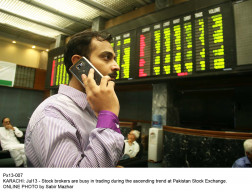
Pakistan too, is expected to get a “CPEC booster shot” of around $5 billion in Foreign Direct Investment over the next couple of years – with a promise to jump start its sluggish economy, at least in the short term. Since 2013, China-Pakistan Economic Corridor (CPEC) has had its fair share of highs and lows in the national media but a closer look reveals that the devil is in the details. Whilst the government claims that CPEC is the ‘Holy Grail’ of its development agenda, the picture is not as simple as it is portrayed to be.
Missing policy frameworks
Imagine the chaos that may ensue if we execute the $51.5 billion CPEC programme in the absence of a national transport policy. All stakeholder exercises in the past have failed to roll out a viable and fair national transport policy. The Federal Ombudsman Secretariat called for formulation of the national policy in February this year but the issue has been thrown on the backburner once again.
Policymakers need to decide the market structure and offer just the right incentives. For instance, if we liberalise the power market and offer targeted subsidies to firms willing to invest in rural areas, we can expect increased rural electrification levels. In the absence of such a winning policy blueprint, the participation of private sector in infrastructure projects will remain low.
Can we break the “connectivity bottleneck” in absence of such a policy framework? Only time will tell.
Who’s calling the shots?
A Prime Minister’s Delivery Unit has been set up in Islamabad that works with the Joint Cooperation Committee of China’s National Development and Reform Commission (NDRC) and Planning Commission. Although a multi-tier mechanism has been put in place besides setting up five joint working groups to deal with energy, transport infrastructure, special economic zones, Gwadar and planning; it is the Ministry of Finance that is calling all the shots. The role of the CPEC secretariat at the Planning Commission has been reduced to that of an inter-provincial coordinator.
CPEC planners lack the deep domain experience of putting systems and processes in place for the performance reporting of Engineering, Procurement and Construction (EPC) companies and frequent tracking of key variables. The only tool available at hand is an obsolete PC-iii form and the committee established by the prime minister in June 2015 to propose alternative mechanisms for monitoring of megaprojects has not yet come up with a new project management process suite.
Problems with the boomtown, Gwadar
Gwadar has an acute drinking water shortage as its Ankara Kaur dam has dried up. The Mirani dam will not able to meet its future water requirements after a mass migration of labour force takes place to complete projects such as Gwadar airport and coal power plants.
With a depth of only 14.5 metres, Gwadar can’t become a trans-shipment hub for transit trade from Central Asian states. Moreover, oil shipments from Gwadar to China via trains aren’t economically viable as it costs 800% higher than direct shipments to Chinese ports.
Iffy Economics: The Chinese model
In 2014, Sri Lanka borrowed several billion dollars from China for infrastructure development, on the condition that major contracts shall be awarded to Chinese firms without any competition. All these projects are now in shambles - with the Sri Lankan government reaching out to the International Monetary Fund for payback of expensive Chinese loans.
Drawing parallels, Pakistan is also repeating same mistakes by awarding contracts to Chinese players without any competitive bidding – with a sovereign guarantee of 18% return on investments.
Moreover, there is no guarantee that Chinese will pump money into our local economy by sourcing materials and labour force from Pakistan. The lion’s share of 400,000 jobs that will be created may go to Chinese labour force – not to mention the hefty cement and construction material import bill that may touch the billion dollar mark.
The way CPEC is unfolding now calls for new rules of business such that it mutually benefits both economies. All tenders should be open and transparent with mandatory provisions to source local materials, labour and management. The key lesson to learn at this stage is that there’s no such thing as a free lunch and there are no shortcuts to development.
The writer is a Cambridge graduate and is working as a management consultant.
Published in The Express Tribune, November 7th, 2016.
Like Business on Facebook, follow @TribuneBiz on Twitter to stay informed and join in the conversation.
1731678234-0/pete-(1)1731678234-0-405x300.webp)


1731570357-0/elon-musk-(1)1731570357-0-165x106.webp)













COMMENTS (12)
Comments are moderated and generally will be posted if they are on-topic and not abusive.
For more information, please see our Comments FAQ